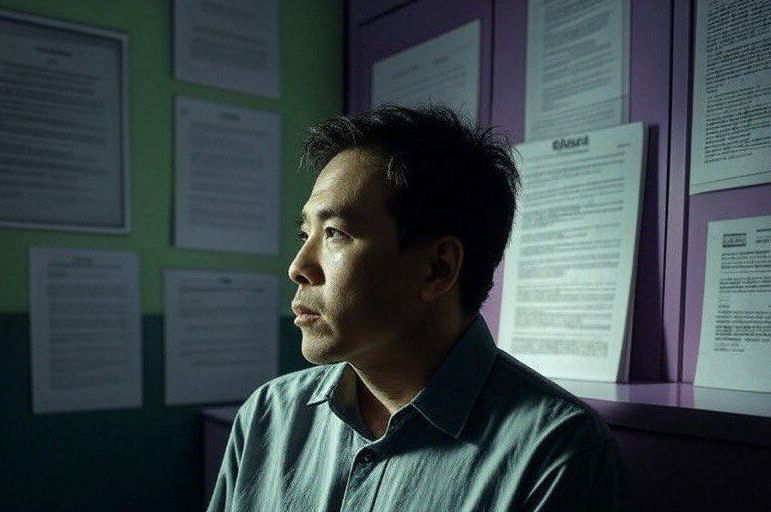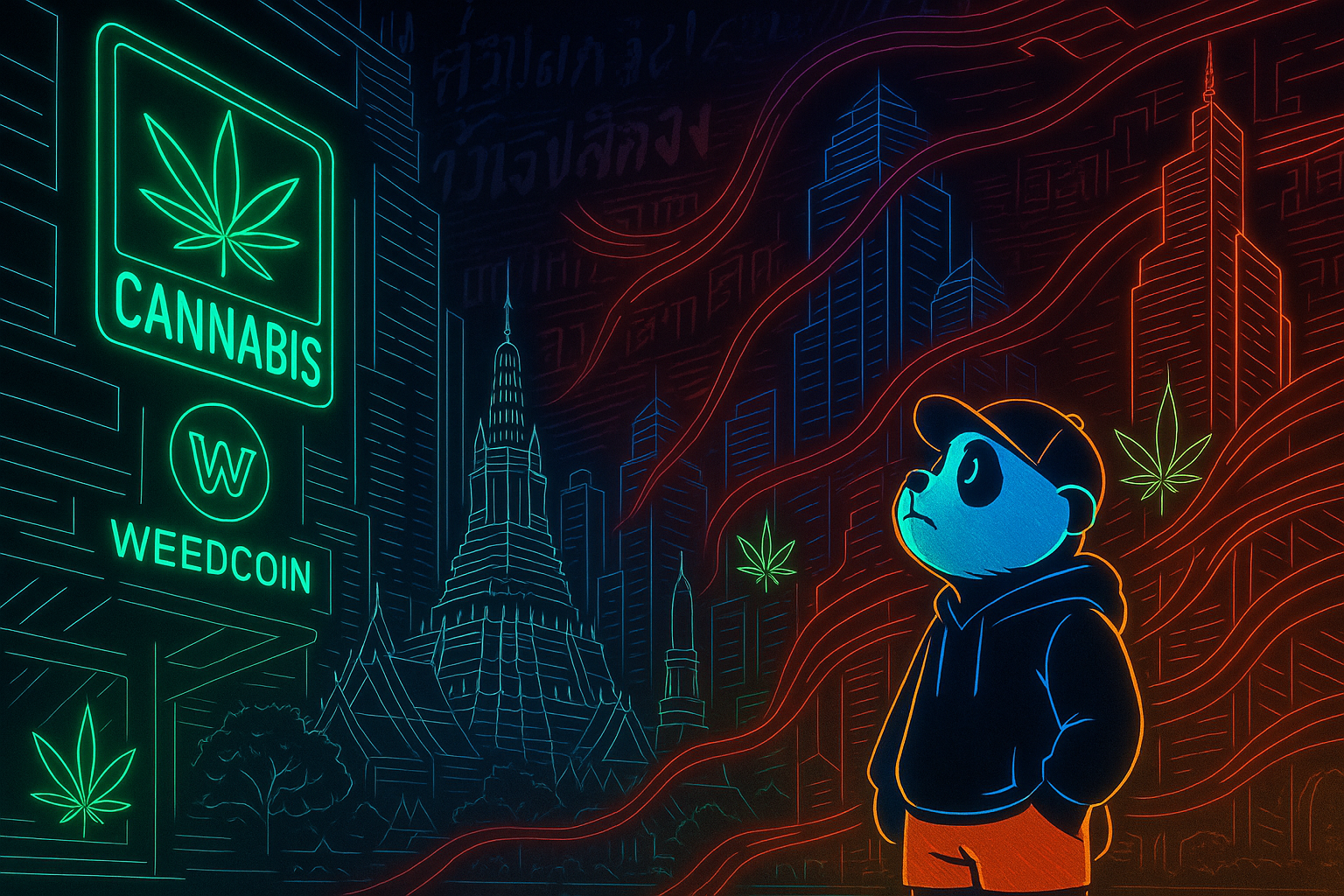Patient Access Challenges in Medical Marijuana
Overcoming Barriers to Legal Cannabis Use
Even in regions where medical marijuana is legal, patients often face significant challenges in accessing it, from legal uncertainties to financial hurdles. At Weedcoin, we’re here to shed light on these obstacles through the MediWeed Hub with irie vibes. In this article, we’ll dive deep into the barriers patients encounter when trying to access medical marijuana, exploring real-world examples and their impact. Understanding these challenges can empower you to navigate the system more effectively—let’s break down the roadblocks to legal cannabis use!

Access to medical marijuana is not guaranteed even in legal jurisdictions, as patients face a range of systemic, financial, and social barriers. Drawing on State Medical Cannabis Laws, we’ll examine these challenges in detail.
Legal Uncertainties in the U.S.
In the U.S., the federal illegality of cannabis creates a significant barrier for patients, even in the 38 states where medical marijuana is legal. Cannabis remains a Schedule I drug under the Controlled Substances Act, meaning it’s considered to have no medical use and a high potential for abuse. This “policy mismatch” leads to legal risks—patients can purchase cannabis legally in their state but face federal penalties if they travel interstate with it, apply for federal jobs, or live in federally subsidized housing. For example, a patient in California using medical cannabis for chronic pain could lose their federal employment if tested, despite state legality. Additionally, the lack of federal oversight means banking restrictions persist—dispensaries often operate on a cash-only basis, creating safety and accessibility issues for patients.
Limited Healthcare Provider Knowledge
Many healthcare providers lack adequate training on medical marijuana, making it difficult for patients to get recommendations. In the U.S., medical schools rarely include cannabis in their curricula due to federal restrictions, leaving doctors hesitant to prescribe or recommend it. For instance, a patient with epilepsy in Maryland might struggle to find a doctor willing to certify them for medical cannabis, even though it’s a qualifying condition. This knowledge gap forces patients to seek out cannabis-specialized clinics, which may not be available in rural areas or may charge high consultation fees, further limiting access.
Decline of Medical Programs in Recreational States
In U.S. states where recreational marijuana is legal, medical programs are declining as patients opt for adult-use dispensaries. Recreational dispensaries often have lower barriers to entry—no registration fees or doctor’s recommendations required—making them more convenient. However, this shift reduces the availability of medical-grade products, which are typically lab-tested for specific cannabinoid ratios (e.g., high-CBD for epilepsy). For example, in Colorado, medical marijuana patient registrations have dropped significantly since recreational legalization in 2014, as patients avoid the $25–$50 registration fee. This trend can also lead to higher costs at recreational dispensaries, where taxes are often higher than for medical purchases, impacting affordability for patients with chronic conditions.
High Costs and Limited Insurance Coverage
Globally, the cost of medical marijuana is a major barrier. In the UK, where medical cannabis was legalized in 2018, prescriptions are rarely covered by the National Health Service (NHS), forcing patients to pay out-of-pocket for private prescriptions, which can cost £200–£500 per month for conditions like chronic pain or epilepsy. In Germany, while public insurance covers some medical cannabis, many patients still face high co-pays, especially for non-pharmacy-grade products. In Canada, most private insurance plans don’t cover medical cannabis, leaving patients to bear the full cost—often $5–$10 per gram for high-quality products. This financial burden disproportionately affects low-income patients, who may turn to illegal markets, risking unsafe products or legal consequences.
Bureaucratic Hurdles and Limited Supply
In countries like Australia, bureaucratic hurdles limit access despite legalization. Patients need approval from the Therapeutic Goods Administration (TGA), a process that can take weeks and requires extensive documentation from a doctor. Even after approval, supply is limited—many pharmacies don’t stock cannabis products, forcing patients to order from specialized suppliers, which can lead to delays. In Italy, patients face similar issues, with only a few cannabis products (e.g., Bedrocan) available through pharmacies, and long wait times for prescriptions. These hurdles often push patients to illegal sources, especially in rural areas with fewer healthcare resources.
Cultural Stigma and Social Barriers
Cultural stigma around cannabis use remains a significant barrier, even in legal regions. In the UK, despite legalization, many doctors are reluctant
to prescribe medical marijuana due to lingering stigma and fear of professional repercussions, leaving patients like those with chronic pain or epilepsy without access. In countries like Japan or Singapore, where cannabis is heavily stigmatized, patients may avoid seeking medical marijuana even if limited forms (e.g., CBD) are available, fearing social ostracism or legal consequences. This stigma also affects patients in progressive regions—some U.S. patients report reluctance to disclose their medical cannabis use to employers or family, fearing judgment, despite its legality in their state.
Impact on Vulnerable Populations
These access challenges disproportionately impact vulnerable populations, such as low-income patients, rural residents, and those with severe disabilities. For example, a low-income cancer patient in Australia might be unable to afford the $300 monthly cost of medical cannabis for nausea relief, pushing them toward unsafe black-market products. Rural patients in Canada often lack nearby dispensaries or specialized doctors, forcing long travel distances or reliance on mail-order services, which can be delayed. Patients with disabilities, such as those with mobility issues, may struggle to navigate complex registration processes or physically access dispensaries, further exacerbating inequities in care.
Global Disparities in Access
Disparities between countries compound these challenges. In Uruguay, where medical and recreational cannabis are fully legal, patients have relatively easy access through pharmacies or home cultivation, but in neighboring Brazil, medical cannabis is limited to imported CBD products for epilepsy, with high costs and strict regulations. In Africa, countries like Lesotho export medical cannabis to Europe but lack infrastructure to provide it to local patients, creating a stark contrast between global supply chains and domestic access. These disparities highlight the need for international advocacy and policy reform to ensure equitable access for all patients.
Practical Tips:
- Research local healthcare providers who specialize in medical cannabis—look for clinics or doctors with experience in your region.
- Budget for out-of-pocket costs—save for registration fees (e.g., $25–$50 in U.S. states) and product expenses, or explore patient assistance programs.
- In recreational states, compare medical and adult-use dispensaries for cost and product quality—medical programs may offer tax breaks.
- Advocate for insurance coverage by joining Weedcoin’s community on X to share your story and push for policy changes.
- If facing stigma, connect with patient support groups through Weedcoin to find community and reduce isolation.
Key Takeaways:
- Federal illegality in the U.S. creates legal risks, like interstate travel penalties, despite state-level legalization.
- Doctors’ lack of knowledge limits recommendations, especially in regions with underdeveloped medical programs.
- Recreational legalization reduces medical program participation, impacting access to medical-grade products.
- High costs and lack of insurance coverage globally (e.g., £200–£500/month in the UK) disproportionately affect low-income patients.
- Bureaucratic hurdles, limited supply, and stigma further restrict access, pushing some patients to illegal markets.













